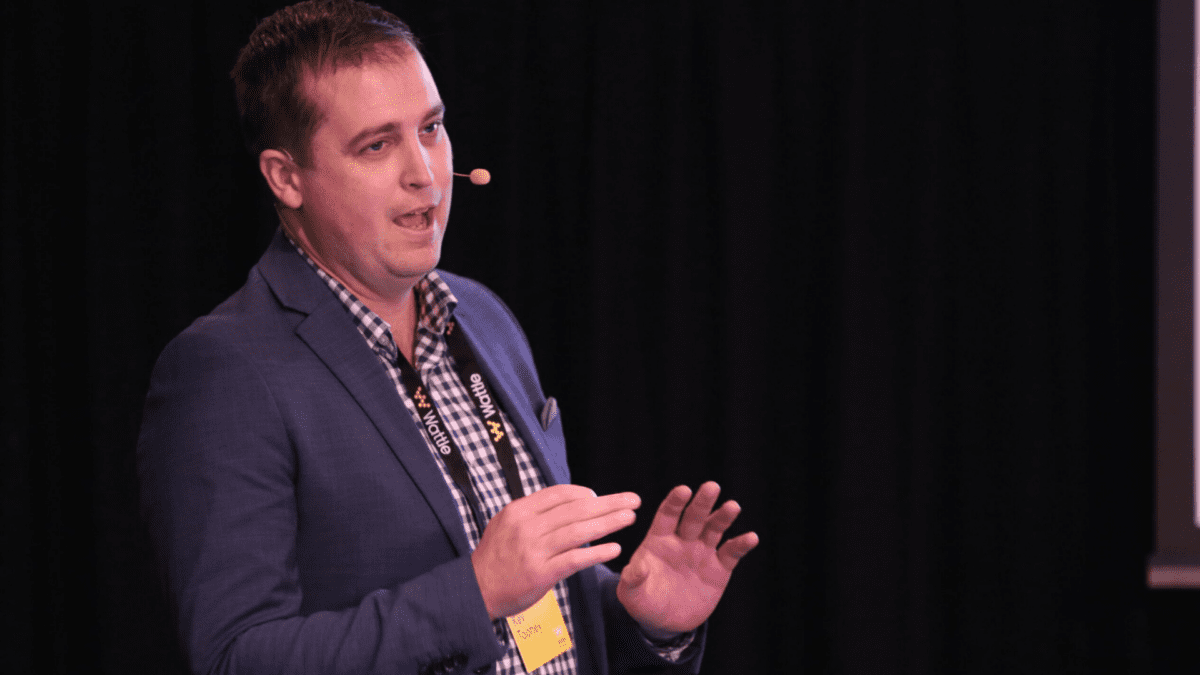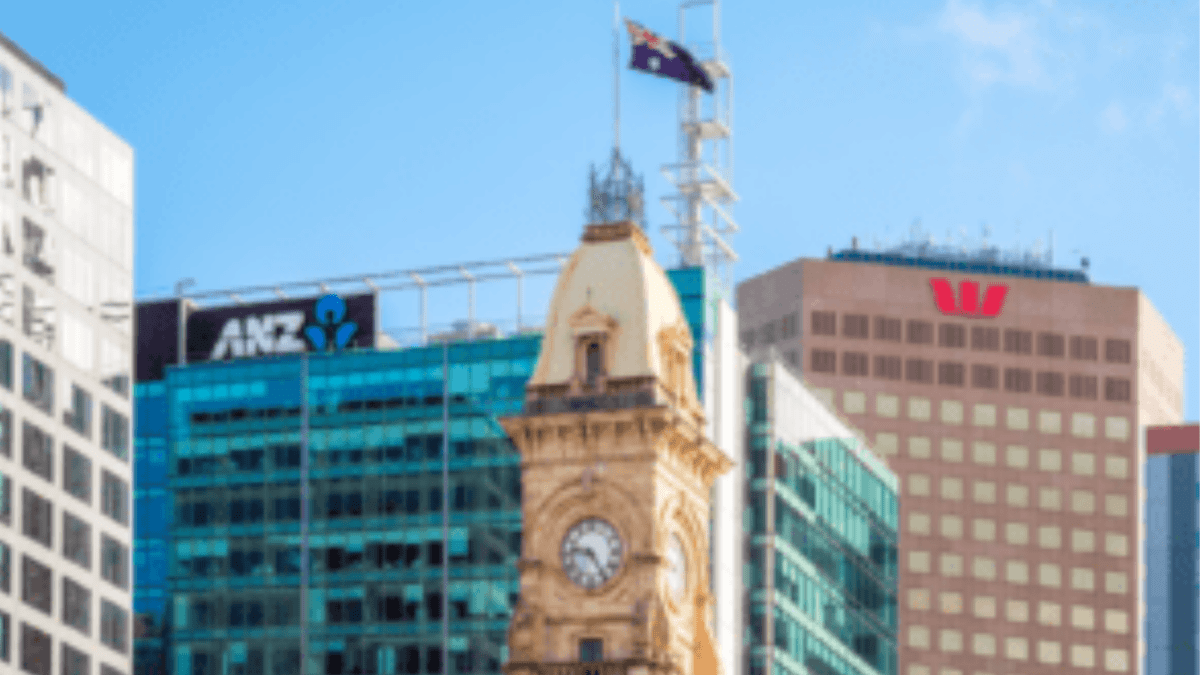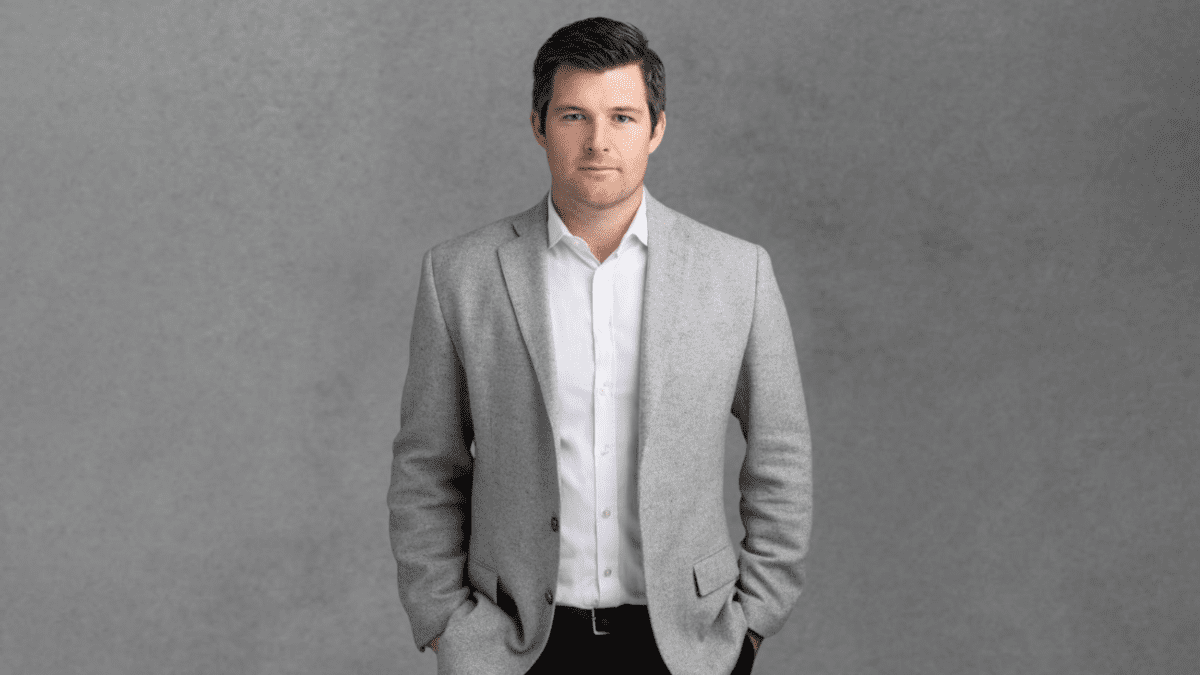Keeping a cool head in bear markets can create buying opportunities
It’s critical not to panic when markets fall. It’s easy for investors to make that commitment when markets are rising, but much harder when their portfolios are diminishing daily before their very eyes.
This was the sober warning that Atchison Consultants principal Kev Toohey (pictured) gave retiree attendees at the boutique financial advisory firm Wattle Partners’ event Making the most of your Golden Years.
“We saw it during the GFC and then during COVID where investors wake up the next day and saw their portfolios were down 20 per cent, even 30 per cent.
“But instead of taking a deep breath and keeping those losses on paper, they sold. Not only did this crystallise their losses but they often sought the safety of cash and term deposits and missed the inevitable market upturn.”
Toohey emphasised that he was not advocating sitting on your hands during a market meltdown. Investors need to monitor their portfolios carefully during these turbulent times – this particularly applies to retirees who no longer have earning capacity – as there were often buying opportunities in bear markets.
“It’s a little-known fact that good trading days happen in bad markets, as demonstrated by examining the 50 best days on the US S&P 500 index between 1994-2023.
“Over this 30-year period, 50 per cent of the best trading days occurred in bear markets, 22 per cent in the first two months of a bull market, with the remainder (28 per cent) during the rest of a bull market.”
For any retirees in the room who had panicked during the COVID and GFC market implosions, Toohey offered the consoling thought that they weren’t alone.
“I have many stories from that time, including an institutional investor who did everything right on the eve of the GFC. He believed the markets were underestimating the problems of bad debts in the banking sector and sold down and purchased portfolio protection instead. So, when Lehman Brothers imploded in 2008, he was well situated when the markets fell and had a portfolio that materially increased in value.
“The problem was that he convinced himself that the markets would continue to fall and remained negatively exposed to the market, so, when the markets recovered, he gave back all his initial gains and then lost 50 per cent of his initial capital as markets rallied through 2009. In this instance it’s not so much that he panicked, but he failed to have a pre-determined exit strategy if the markets started to pick up and his thesis was wrong.”
Toohey told the audience that the time to determine their asset allocation and risk profile was in a bull market.
“The markets have been very positive so now is the time to get advice and understand the risks that you are taking in your portfolio. The questions you need to be asking yourself are around concentration risk and investment biases. How would your portfolio hold up if the market quickly headed south, and would you be comfortable with that?
“Investment requires you to take risk – the key is to understand the risks you have in your portfolio and be relaxed that you are being adequately compensated for the risks inherent in your portfolio. Doing the work when the sun is shining enables you to be better prepared behaviourally when the market corrects.”
He said a factor often overlooked by investors – this is particularly relevant for retirees who began investing before there was easy access to overseas markets – was how their portfolios were Australian-centric.
“Home bias is a common mistake. The ASX makes up just 1.8 per cent of global equity markets. Yet the average Australian has anywhere between 55 per cent to 70 per cent in the local market.
“So, when you start to think about that, it’s quite alarming, especially when you consider that nearly 50 per cent of our markets is made up of materials (miners) and the major banks. Now the major banks have done well to date this year, as have the miners over the long term. But that outperformance by the miners is now threatened by what was happening in China and geopolitics.”
Toohey added there was another way of looking at this over-concentration on the local market.
“If you look at the 16 years between October 2007 and October 2023, the Australian market went up just 1.9 per cent. When you factor in dividends, it still only went up six per cent. So, if you invested a $1 million in 2007, it would have gone up to $1,060,000.
“All things considered, if you took that exact same amount of money and put into the MSCI world index – it captures large and mid-cap representation across 23 developed countries – it would have risen 125 per cent. In other words, $1 million was worth $2,250,000 in 2023. That’s a $1.2 million variance.” And, certainly, food for thought for those invested in the major miners and big four banks.










